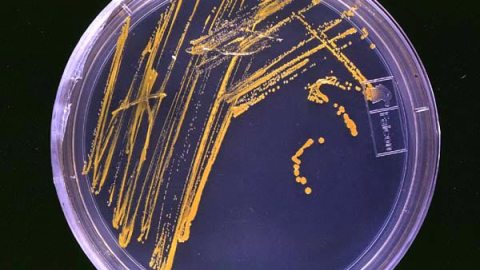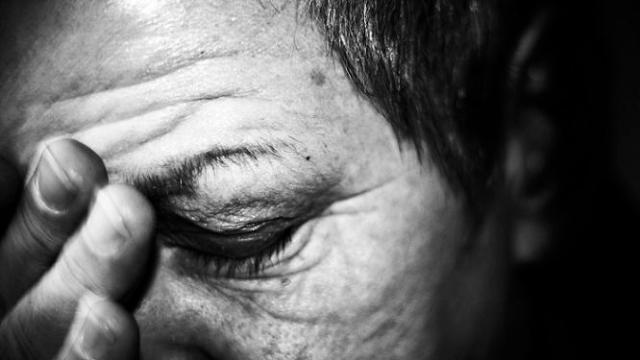Creating Life in the Laboratory

What’s the Latest Development?
Dr. Gerald Joyce, a professor at the Scripps Research Institute in San Diego, California, has long been at work trying to create life in his laboratory. Looking for that Frankenstein spark which bridges the gap between life and non-life, he has developed a machine where strands of R.N.A. replicate themselves. But, Dr. Joyce says, “We really would hope for more from our molecules than just replicating.” Last year, the J. Craig Venter Institute reconstructed the genome of a bacterial goat parasite and put it in another bacterium, where it took over, churning out copies of itself with Dr. Venter’s watermark inscribed in its gene code.
What’s the Big Idea?
Scientists disagree over the definition of life, or whether it useful to even have one, so saying that one has created synthetic life may ultimately be a question of definition. That isn’t stopping laboratories across the U.S. from experimenting with molecules that can be coaxed into recreating themselves and taking on new molecules—in a word, evolving. “Evolution is not a theory for us chemists,” Dr. Joyce said. “It’s what molecules do when they have the property to replicate and transmit information from parents to progeny.”




